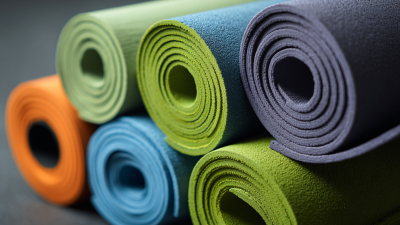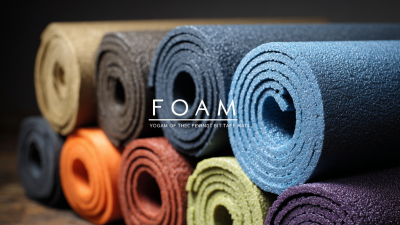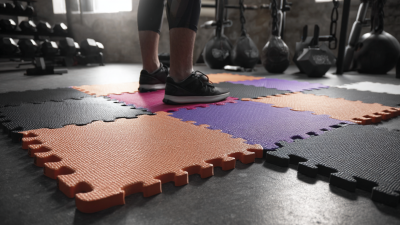Choosing the right Foam Yoga Mat can significantly impact your practice, enhancing both comfort and performance. According to a report by the International Yoga Federation, the number of yoga practitioners worldwide has risen to over 300 million, indicating a growing demand for high-quality yoga gear, particularly mats. Research shows that a well-designed foam mat can reduce joint stress and increase stability during poses, leading to a safer and more effective practice. Furthermore, the Yoga Alliance highlights the importance of material and thickness in a mat’s design, as these factors can influence grip and cushioning. Whether you're a seasoned yogi or a beginner, selecting the appropriate Foam Yoga Mat tailored to your needs can elevate your experience, ensuring that each session is both enjoyable and beneficial.
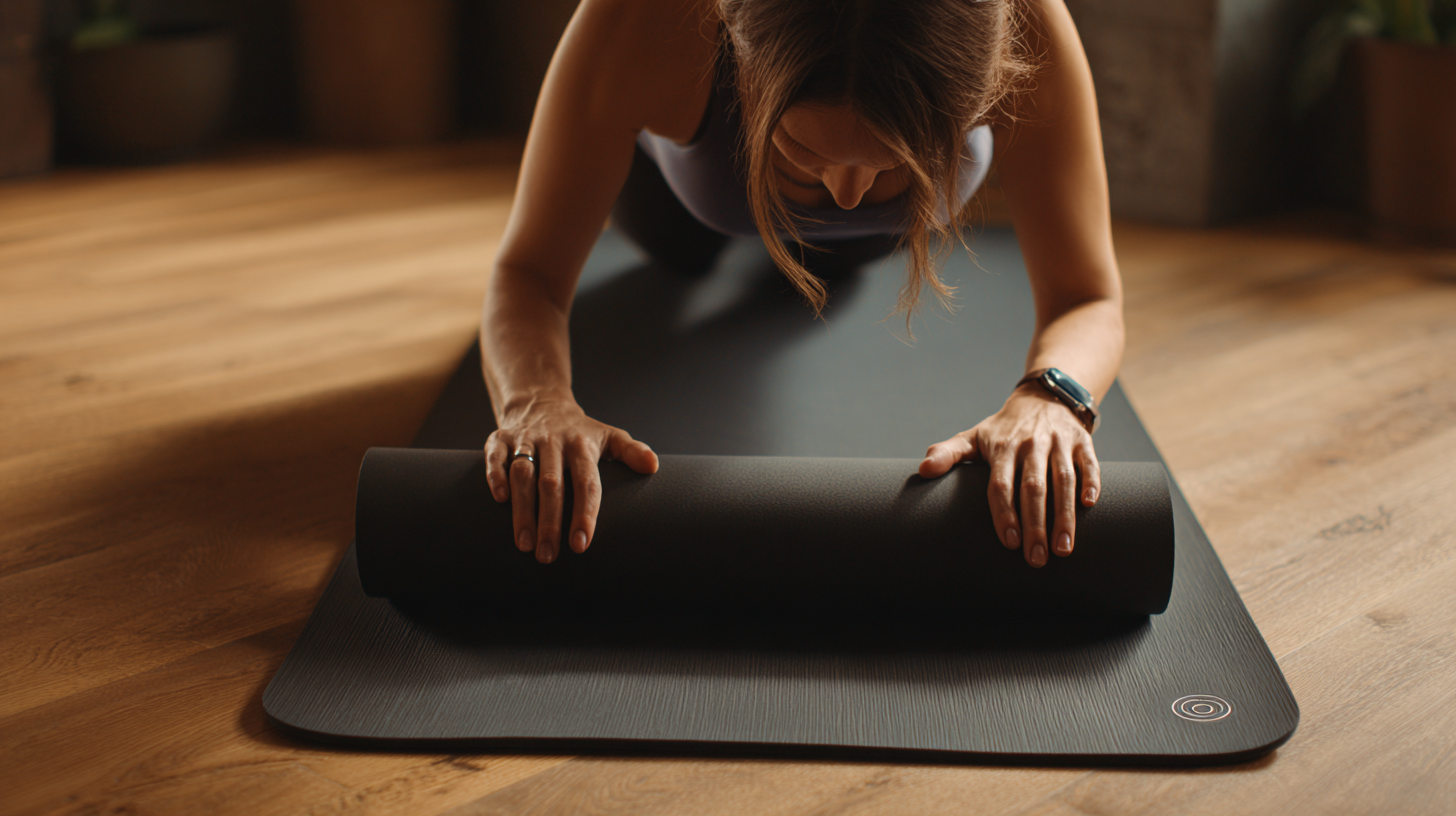
When selecting a yoga mat, thickness is a crucial factor that significantly impacts both comfort and performance. A thicker mat, typically around 6mm or more, offers enhanced cushioning, making it an excellent choice for those with joint issues or who practice on hard surfaces. The extra padding helps to evenly distribute body weight, reducing the strain on sensitive areas such as the knees and wrists. This added support allows practitioners to focus on their poses, knowing that their joints are well-protected.
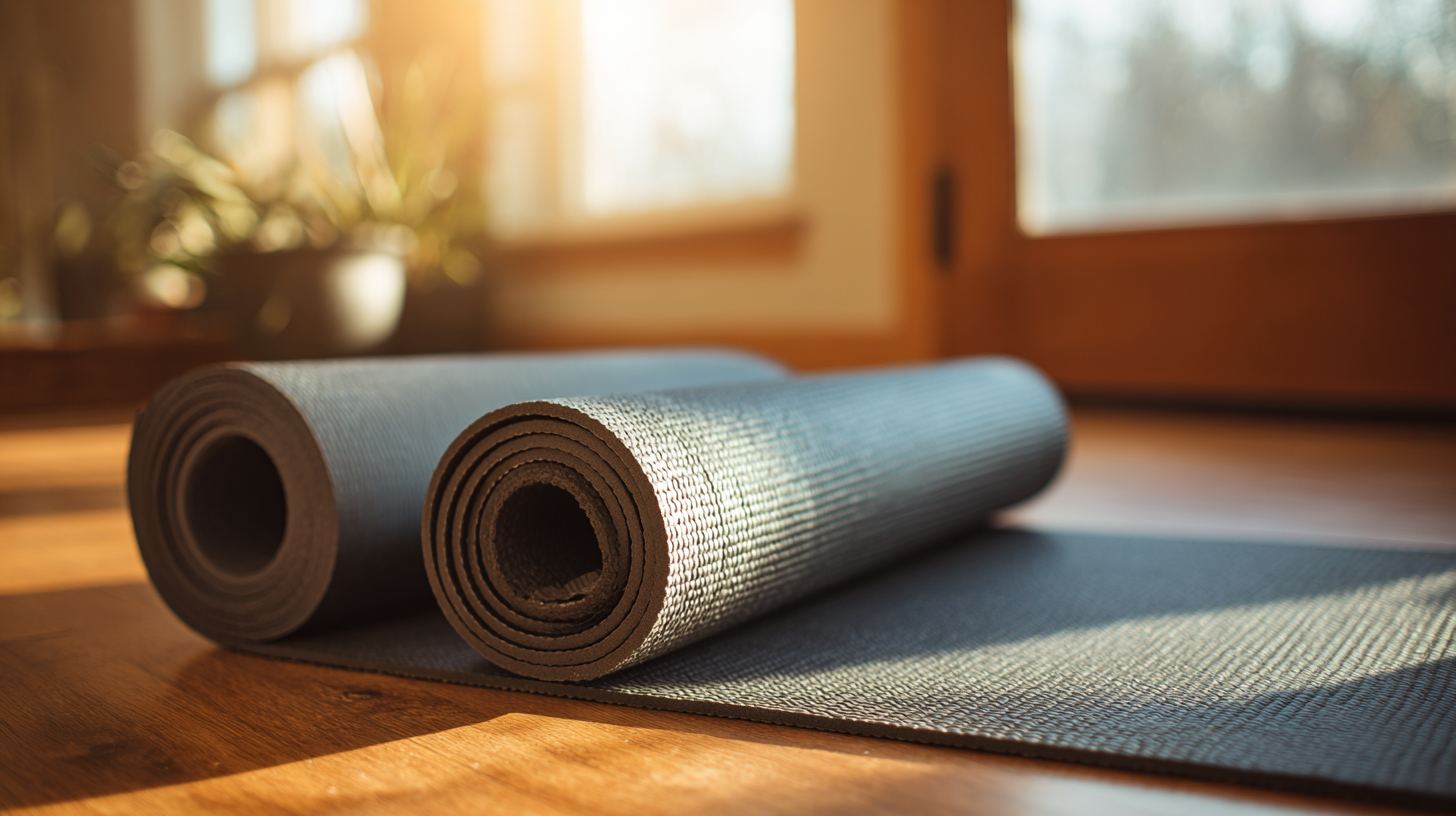
On the other hand, a thinner mat, usually around 3mm to 4mm, can provide a more stable surface for balance poses. While it offers less cushioning, it allows for better connection to the ground and increases stability. This can be particularly beneficial for advanced practitioners seeking to refine their technique. Ultimately, the ideal thickness depends on individual preferences and practice styles. By understanding the relationship between mat thickness and joint support, yoga enthusiasts can make an informed choice that enhances their overall practice experience.
When selecting a foam yoga mat, material plays a crucial role in ensuring both grip and durability. Common foam types include PVC, TPE, and natural rubber, each with its unique characteristics. According to a study by the Yoga Alliance, 65% of practitioners noted that the grip of their mats significantly impacts their performance during poses. PVC mats, known for their affordability and durability, offer a good grip but can lack eco-friendliness. In contrast, TPE mats show promise with superior traction and sustainability, making them a favored choice among environmentally-conscious yogis.
Tip: If you tend to sweat during your practice, opt for natural rubber mats, which provide excellent grip even when wet. This material is designed to withstand vigorous movements without compromising performance.
Moreover, the density of foam used in mats can affect comfort and support. A denser foam mat may reduce pressure on joints, but if it’s too firm, it can limit overall comfort. A report from the International Journal of Yoga recommends using a mat with at least 5 mm of thickness for optimal cushioning and support.
Tip: Consider your primary yoga style; for dynamic practices like hot yoga, a thinner, more textured mat might be ideal, whereas restorative yoga may benefit from thicker options.
When selecting a foam yoga mat, one of the most critical factors to consider is the surface texture, which can greatly influence your traction and overall performance during practice. A mat with sufficient grip prevents slipping, allowing you to maintain your balance in challenging poses. Textured surfaces, such as those with grooves or raised patterns, enhance friction between your feet and the mat, enabling you to focus on alignment and stability without fear of sliding out of position.
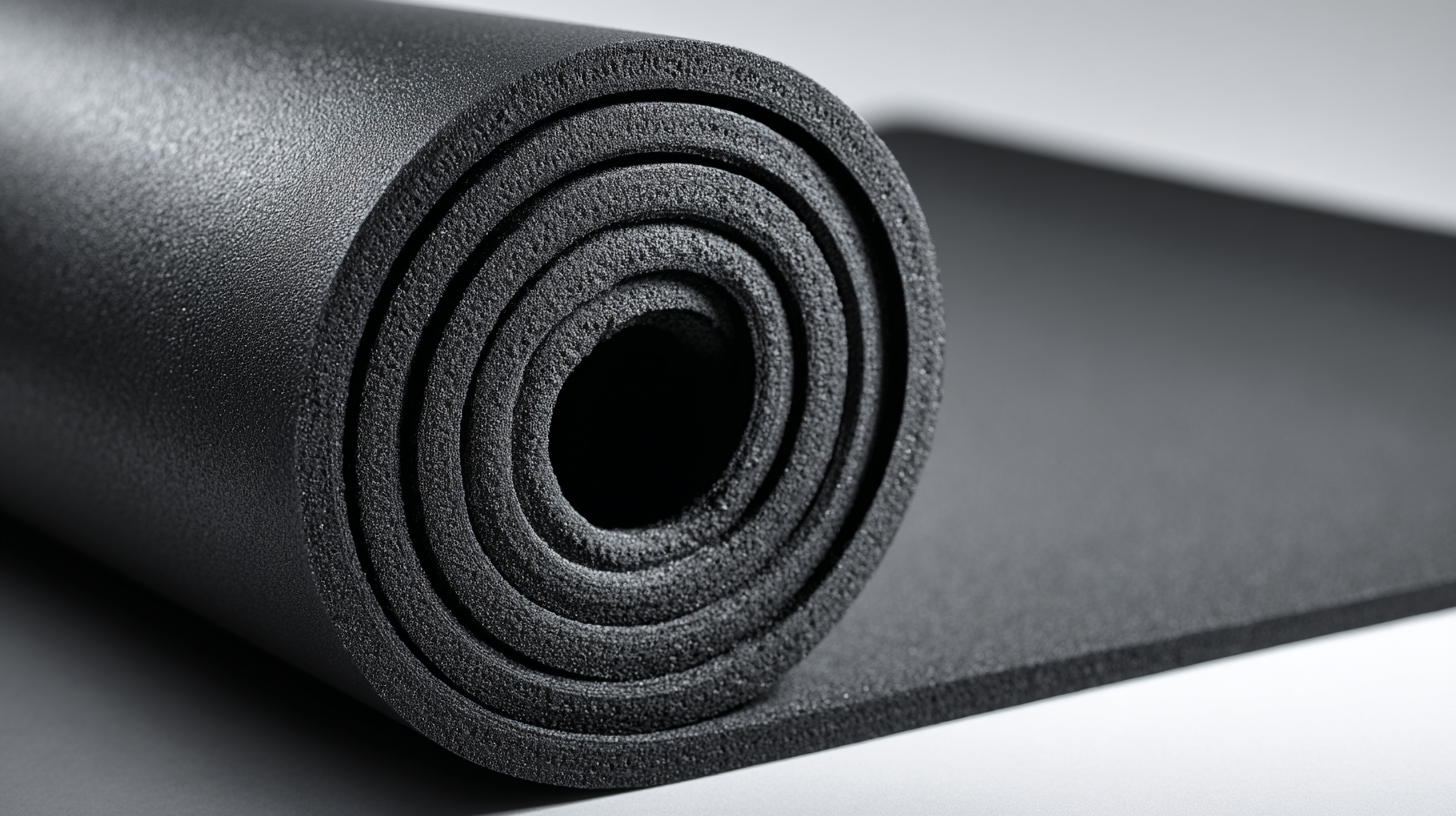
On the other hand, while a smooth surface can feel comfortable, it may not provide the necessary grip for dynamic movements involved in certain yoga styles, such as Vinyasa or Ashtanga. If you tend to sweat during your sessions, look for materials specifically designed to wick away moisture and maintain traction. The right foam yoga mat should support your practice by offering a balance of comfort and stability, ensuring you can flow seamlessly from one pose to another without sacrificing your safety or performance. With the right texture, you can fully immerse yourself in your practice, elevating your experience to new heights.
When it comes to selecting the perfect foam yoga mat, sizing plays a crucial role in enhancing your practice. A well-sized mat accommodates your body and movements, ensuring stability and comfort. According to a report by the Yoga Alliance, nearly 63% of practitioners believe that the size of their mat significantly affects their performance. Standard yoga mats typically measure 68 inches in length and 24 inches in width, but for taller individuals or those who prefer more space, mats measuring up to 74 inches can provide added comfort.
In addition to length, thickness is another essential dimension to consider. A standard yoga mat is usually about 1/4 inch thick, but thicker mats (up to 1/2 inch or more) can offer extra cushioning for practitioners who need joint support, especially during restorative practices. A study published in the Journal of Sports Sciences highlights that practitioners using mats with more than 1/4 inch thickness reported a 25% decrease in discomfort during floor-based poses. Choosing the right dimensions not only enhances comfort but also helps prevent injury, enabling practitioners to focus solely on their movements and breath.
When it comes to selecting a yoga mat, eco-friendly options have become increasingly important to mindful yogis. With the rising awareness of environmental issues, many practitioners are looking for mats that not only provide comfort and performance but also align with their values of sustainability. Natural materials like cork, natural rubber, and jute are excellent choices, as they are biodegradable and sourced from renewable resources. Moreover, these materials often offer superior grip and cushioning, enhancing your yoga experience while minimizing ecological impact.
In addition to material choice, consider the manufacturing process of the mat. Brands that prioritize sustainable practices often use low-impact dyes and avoid harmful chemicals, ensuring that their products are safe for both the user and the planet. Many companies are also adopting ethical labor practices, supporting fair wages and working conditions. By opting for mats from such brands, yogis can truly embody the principles of mindfulness and responsibility, knowing that their practice contributes to a healthier world. Embracing eco-friendly yoga mats not only elevates personal well-being but also fosters a deeper connection to the community and the environment.
